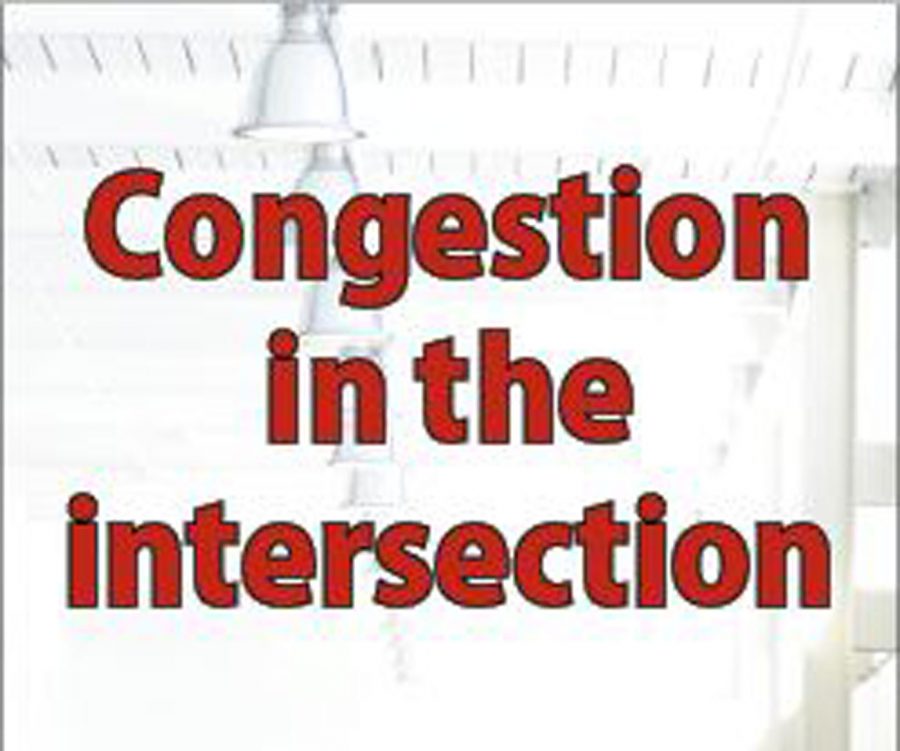Congestion in the intersection
Main hallway blocked by students meeting between classes
Students crowd the hallway before fourth period on Monday, Jan. 30. The hallway has become a central hang-out point for students at SHS.
February 10, 2017
While trying to avoid being tardy, senior Dane Haynes rushed from math teacher Jack Williams’ room to the restroom just around the corner, only to be stopped by a crowd of students clogging the intersection he desperately needed to cut through. Annoyed, Haynes had to go the long way around the hallway, and by the time he finally got back to Williams’ room, the bell had already rung and he was late to class.
“It took two minutes to get somewhere that should take 15 seconds to walk to,” Haynes said.
Haynes is not the only one who’s faced problems getting through the main hallway. The intersection has become a common struggle to get through for SHS staff and students. The hallway has seen its fair share of fights as well in its first few years. While there are teachers who oversee this hallway, some think administration could do more to make it a safer, and more efficient, environment for all.
Whether there is fighting, talking or just a large amount of students hanging out, many crowd the main hallway in between periods on a regular basis. Students and staff have recognized the main hallway as the centralized hang out spot of SHS during the day. However, students congregating in the intersection of the hallway is not the only problem that has occurred.
Fighting has happened on multiple occasions throughout the history of SHS, and this year is no exception. Since the hallway is set away from most staff, principal Brian Knight says that fights are more likely to happen there.
“Fights don’t typically happen where we are standing,” Knight said. “(Students) aren’t going to stand in front of the dean and start a fight.”
Math teacher Kelly Nickson, on the other hand, would say that passing periods don’t annoy her most. Even fights during passing period aren’t as bad as students passing by while she’s conducting class. She says during lunch is the time when her class is disturbed the most by others, as her room is visible to people in that hallway because of her windows.
Nickson, like other students and staff, has had her fair share of problems and stories from the hallway. Once, Nickson watched a student standing on the main hallway bridge dropped paper on top of students walking to classes. Nickson says everyone was laughing, except her and the students who helped her pick up the paper, as they were annoyed. As she looks back, she can laugh about it, but at the time, she was annoyed by another inconvenience.
To keep distraction to a minimum and safety to a maximum, she says, it would be a good idea to implement student monitors, along with the now standing teachers who currently watch over that hallway.
“I’m not sure what another solution would be,” Nickson said. “Other than if the students take responsibility for each other.”
Haynes also agrees there is not much more that administration could do to make a safer environment besides just suggesting where else to go. He, for example, suggests students could go to the hallway he calls the “ghost hallway,” which is the hallway that runs by the entrance to the balcony in the auditorium.
Even though he says his teachers that understand the problems of the hallway, he would still like to get to class on time, without having to be rude and push or shove students out of his way. Starting off class angrily is not how, he says, he would like to do so.
“I’m always frustrated because I have to fight my way through the hall,” Haynes said.



